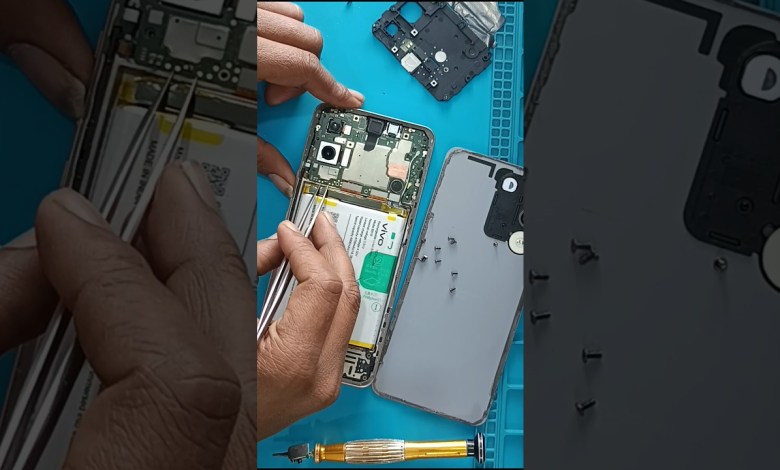Exploring the Vivo Y200 5G: Test Point Method for Format Factory FRP Reset

vivo y200 5g test point format factory Frp reset frp bypass #vivo #viralshort #smartphone #problem #
Understanding Touch Point in Music Production
Music production has evolved significantly over the years, with advancements in technology playing a crucial role in shaping the industry. One of the key elements in music production is the touch point, which refers to the process of connecting a musical instrument or device to a computer for recording or editing purposes. In this article, we will explore what touch point is, the different types of touch points, and how to effectively use them in your music production workflow.
What is Touch Point?
Touch point, in the context of music production, refers to the physical connection between a musical instrument or device and a computer. This connection allows the computer to receive input from the instrument or device, which can then be used to record or manipulate audio data. Touch points are essential in modern music production, as they enable musicians and producers to interact with their music in a more intuitive and hands-on way.
Types of Touch Points
There are several types of touch points that are commonly used in music production. Some of the most common types include:
MIDI Touch Points: MIDI (Musical Instrument Digital Interface) touch points allow electronic musical instruments, such as keyboards or drum machines, to communicate with a computer. MIDI touch points transmit musical notes, control signals, and other data between the instrument and the computer, enabling the recording and editing of MIDI data.
USB Touch Points: USB (Universal Serial Bus) touch points are used to connect USB-enabled devices, such as audio interfaces or MIDI controllers, to a computer. USB touch points provide a simple and reliable way to transfer audio and MIDI data between the device and the computer, making them popular choices for many musicians and producers.
- Ethernet Touch Points: Ethernet touch points utilize Ethernet cables to connect audio devices, such as digital mixers or audio interfaces, to a computer network. Ethernet touch points offer high-speed data transfer and low latency, making them ideal for professional music production environments where real-time performance is crucial.
How to Use Touch Points Effectively
To use touch points effectively in your music production workflow, it is important to follow these best practices:
Choose the right type of touch point for your setup: Before connecting your musical instrument or device to a computer, make sure to choose the appropriate type of touch point that is compatible with both the instrument and the computer. This will ensure a seamless connection and optimal performance.
Keep cables and connections tidy: To avoid signal interference and connectivity issues, it is important to keep cables and connections clean and organized. Use cable management tools, such as velcro straps or cable ties, to keep cables neatly arranged and prevent tangling.
- Test touch points before recording or performing: Before starting a recording session or live performance, always test the touch points to ensure that the connection is stable and the data transfer is reliable. This will help prevent technical glitches and ensure a smooth workflow.
By understanding what touch point is, the different types of touch points, and how to effectively use them in your music production workflow, you can enhance your creative process and take your music to the next level. Embrace the power of touch points in music production and unlock new possibilities in your musical journey.
#vivo #y200 #test #point #format #factory #Frp #reset #frp












